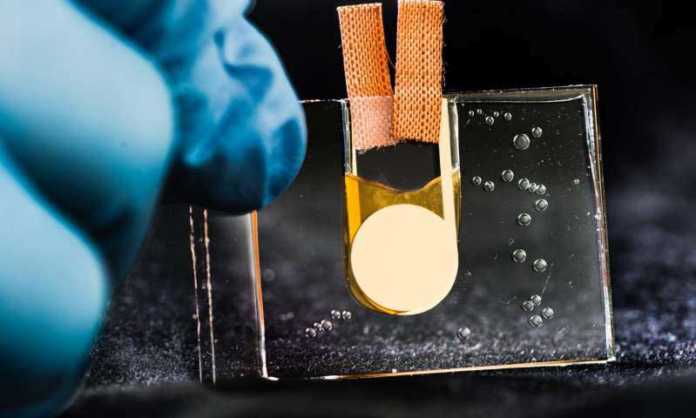Organic electronics nowadays used mostly as commercial applications. Although, various scientists are taking so much interest in it. Similarly, field effect organic thermoelectric transistor is the point of interest for them. In last four decades, substantial advances have been done to develop organic field effect transistor. In particular, they are the new class of electro-optical devices.
Likewise, scientists from the Linköping University have created a thermoelectric transistor. In this transistor, a rise of single degree temperature is sufficient for a detectable current modulation.
Generally, transistors are controlled by an electric signal. But this new transistor is controlled by heat signal. Thus, it is called as the heat-driven thermoelectric transistor. The most amazing fact is, this new transistor is reported as world’s first heat-driven thermoelectric transistor.
Professor Xavier Crispin said, “We are the first in the world to present a logic circuit, in this case, a transistor, that is controlled by a heat signal instead of an electrical signal.”
It has high sensitivity to heat- 100 times greater than traditional thermoelectric materials. That means a single connector from the heat-sensitive electrolyte, which acts as a sensor, to the transistor circuit is sufficient. In fact, one more sensor can also be added with the transistor to produce a smart pixel. This smart pixel can then be used to detect infrared radiation in heat cameras.
Scientists create this heat driven thermoelectric transistor based on research that causes the production of a supercapacitor charged by the sun’s rays. This research was conducted before a year ago. In the capacitor, heat is converted to electricity, which then stored in the capacitor until it is needed.
According to scientists, this heat-driven transistor opens the possibility of many new applications. For example, detecting small temperature differences, using functional medical dressings in which the healing process can be monitored and to enable a new heat camera on your mobile phone at a low cost.
In addition, scientists searched among conducting polymers and produced a liquid electrolyte. This liquid electrolyte has a 100 times greater potential to convert a temperature gradient to electric voltage. It consists of ions and conducting polymer molecules. The positively charged ions are small and move rapidly, while the negatively charged polymer molecules are large and heavy. When one side is heated, the small ions move rapidly towards the cold side and a voltage difference arises.
Xavier Crispin said, “When we show that the capacitor worked, we started to look for other applications of the new electrolyte.”
